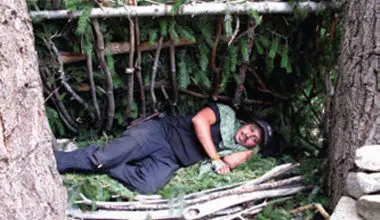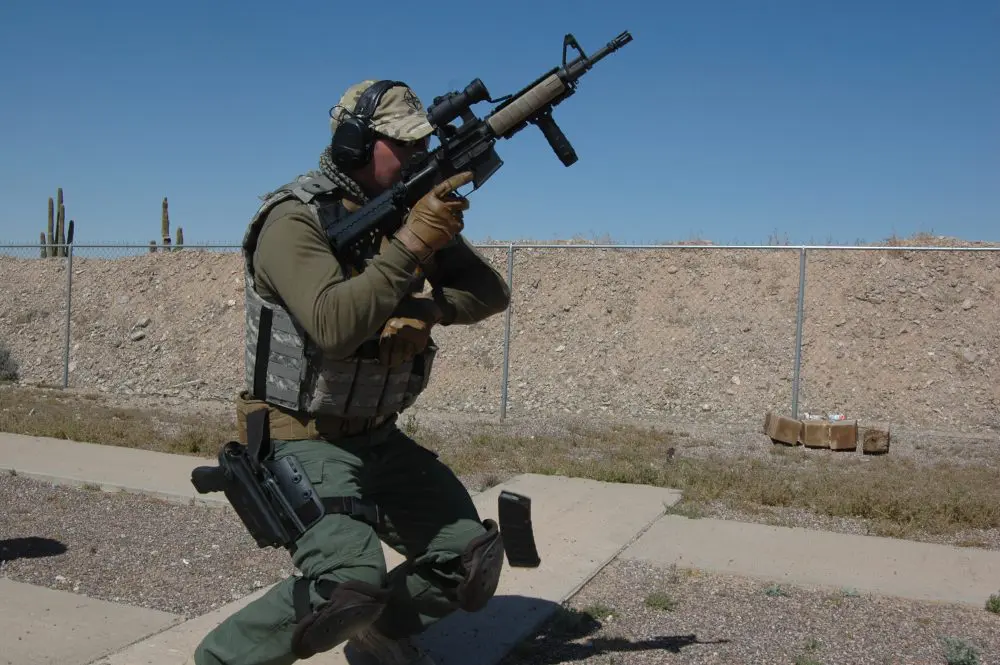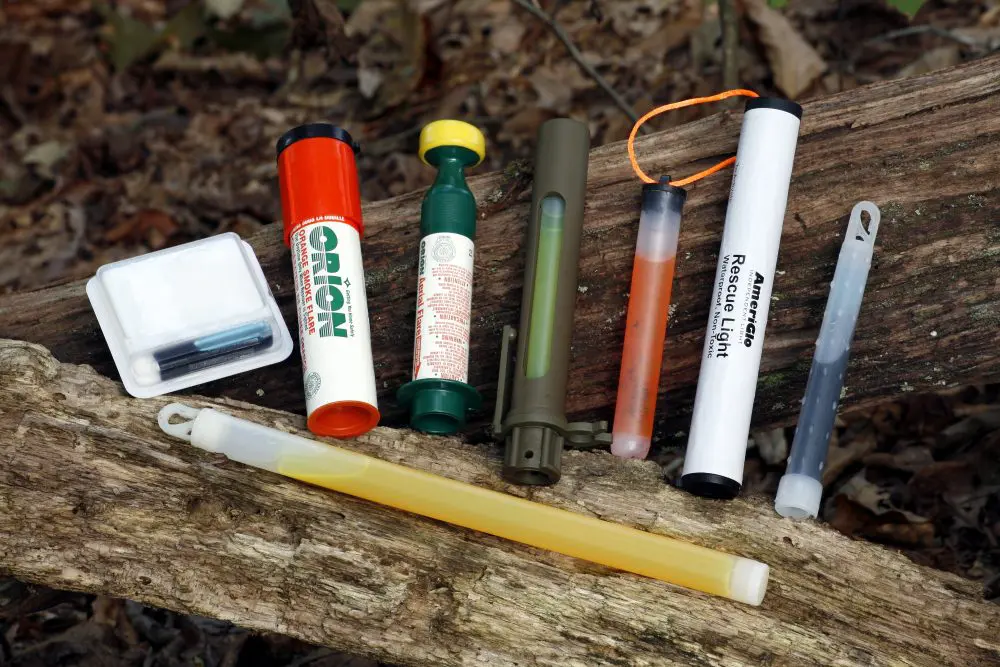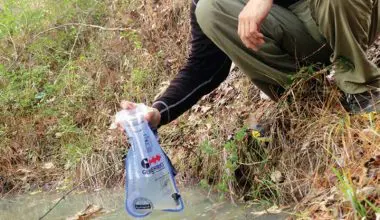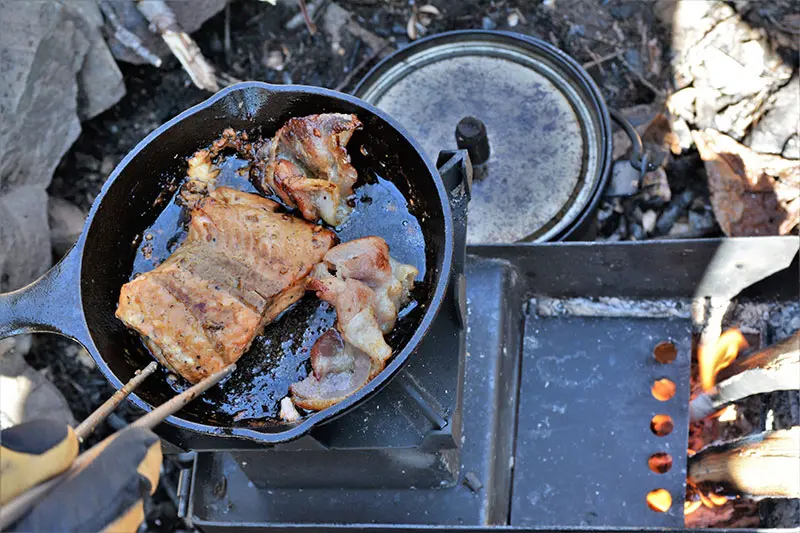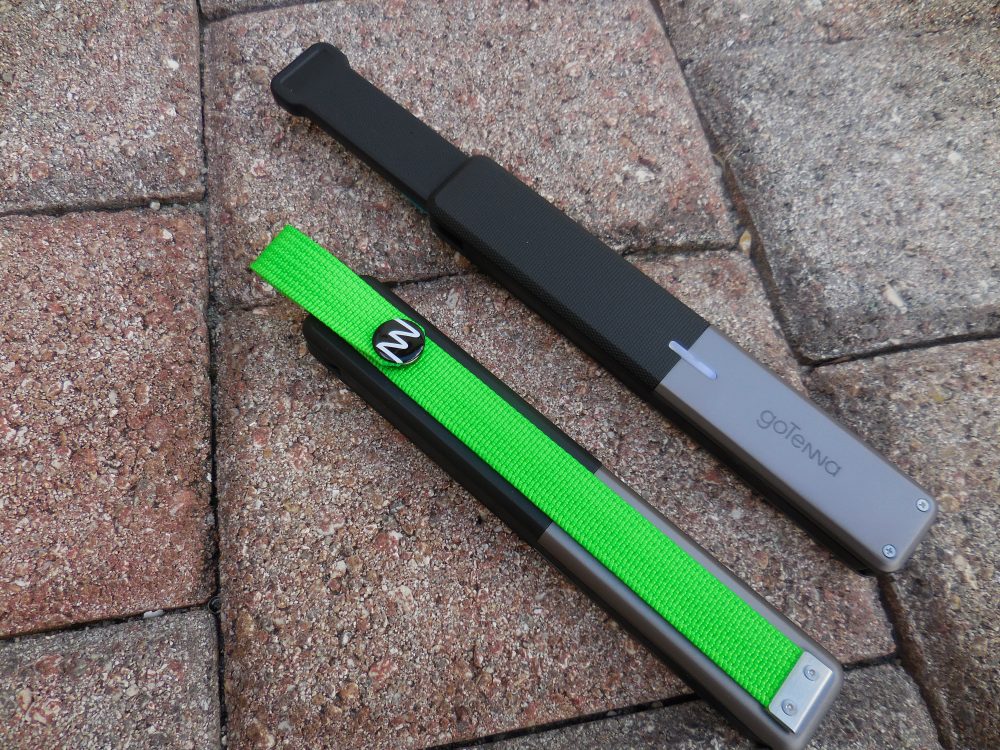Humans have had the ability to control fire for about 400,000 years. Eating while sitting around a campfire has had a significant impact on the development of human societies and culture.
Having access to a fire in a survival situation has a number of advantages. The time it takes to build a fire will give you something to do while you calm down and collect your thoughts. A fire in camp is a good morale lifter. In colder climates, a fire will help you stay warm. Smoke from a fire is also an excellent way to signal for help. Fire can play an important role in defense from predators. Finally, cooking the foods you find will lessen the chances of food-borne illness. For these reasons, it is important to carry a reliable and quick method of starting a fire when venturing into the wild.
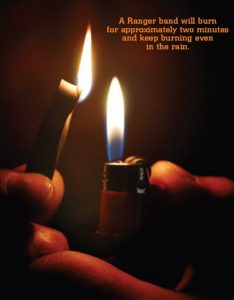
I can start a fire with a bow drill and have personally seen someone start a fire with a hand drill. I would rather not spend the time and energy building a bow drill and fire board under the pressure of a survival situation. It’s preferable to carry reliable fire-starting materials and have more than one method available.
Like most S.W.A.T. readers, I’m a gadget guy. Unfortunately I have a tendency to overlook inexpensive and simple pieces of gear in favor of more expensive tactical-looking gear. So I’ll start with an oldie but goodie—the Bic lighter.
I carry a Bic lighter as part of my gear in extreme environments. I cut up an old bicycle inner tube to make sturdy rubber bands (known as Ranger bands). A full Bic lighter wrapped with Ranger bands weighs under one ounce. Even after the lighter fuel is gone, you can use the sparker to ignite tinder.
Ranger bands have multiple uses. You can light a Ranger band on fire with the lighter and use it to ignite much bigger kindling. The rubber will burn for approximately two minutes and keep burning even in the rain. A Ranger band can also be used as a super-sturdy rubber band for shelter building, lashing gear together and numerous other uses limited only by your imagination. I’m a big fan of lightweight, inexpensive gear capable of performing multiple tasks.
Another item I always carry is a ferrocerium rod or fire steel. Exotac makes an ultralight fire steel called the nanoSTRIKER. Weighing in at half an ounce, the nanoSTRIKER can light hundreds of fires before wearing out. The nanoSTRIKER is very finely made and satisfies my innate desire for tacticallooking gear. Exotac also makes a highquality waterproof match case called the MatchCap. It weighs just under one ounce and holds 20 matches. I personally prefer a fire steel to matches because once you light a match, it’s used up. A fire steel lights even when wet and does not lose effectiveness in high humidity.
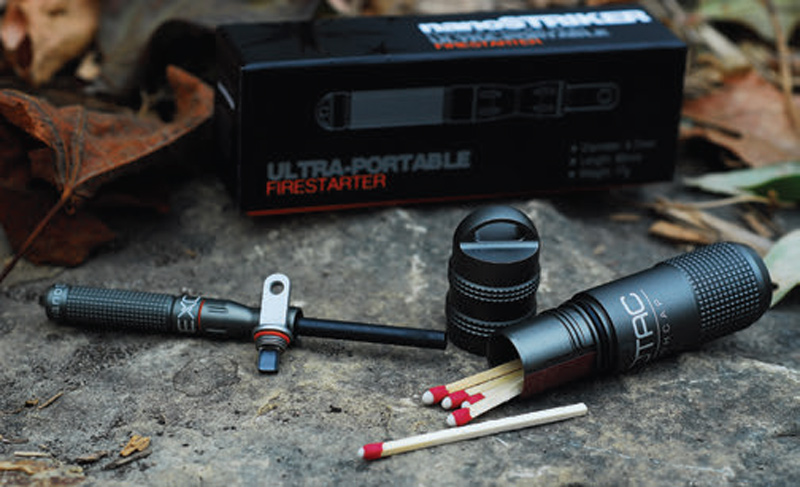
I also carry a thin magnifying glass called a Fresnel lens. A Fresnel lens functions like a regular magnifying glass, except it is flat instead of lensshaped. On a sunny day, a Fresnel lens is a great way to start a fire. I have one that is thinner and lighter than a credit card.
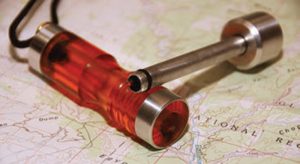
A tool that is new to me but ancient in origin is the fire piston. Fire pistons have been used in Southeast Asia to start fires since prehistory. Fire pistons work by rapidly compressing air, which becomes heated and ignites a piece of tinder. The smoldering tinder can then be transferred to a kindling bundle and blown into flames.
Wilderness Solutions makes a lightweight, high-quality fire piston. The FireLight II comes with a ferrocerium rod. It’s a very finely made piece of equipment and is a pleasure to operate. Being both lightweight and offering more than one fire-starting method, it’s one of the neatest gadgets I’ve encountered for fire starting. The coal you generate with a fire piston has to be blown into a fire in a tinder bundle as you would do starting a fire with a bow drill.
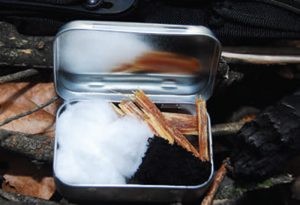
I also recommend carrying several different foolproof kindlings. My personal favorite kindling is cotton balls coated in petroleum jelly. Not only are coated cotton balls inexpensive and lightweight, but they are also multi-use pieces of gear. The excess petroleum jelly can be used as part of a wound dressing or to prevent or treat chafing.
A very popular kindling is fatwood, which is highly resinous pine. There are over 100 species of pine that produce enough resin to make fatwood, and they are distributed throughout most of the world. You will typically find fatwood when a pine tree has been cut down and the resin has accumulated in the stump before dying. Once lit, fatwood will burn very hotly for a considerable amount of time. The smoke from fatwood is an excellent mosquito repellant.
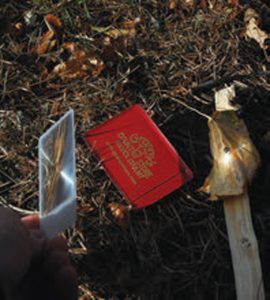
Many outdoorsmen also carry a small amount of char cloth. This is the traditional tinder included in a flint and steel tinder box. A piece of char cloth easily ignites with a spark. The smoldering char cloth is then added to a tinder bundle and blown into flames.
You can make char cloth at home by placing cotton or other vegetable-fiber cloth in an Altoids tin with a nail hole in the top. The tin and cloth are then heated over a flame. The cloth inside will char but not burn all the way. It takes a little trial and error, but typically I know the char cloth is ready when smoke stops coming out of the nail hole.
I recommend you find a few reliable fire-starting methods that work for you. When deciding which fire materials to carry, choose something that is simple to operate in stressful conditions.
